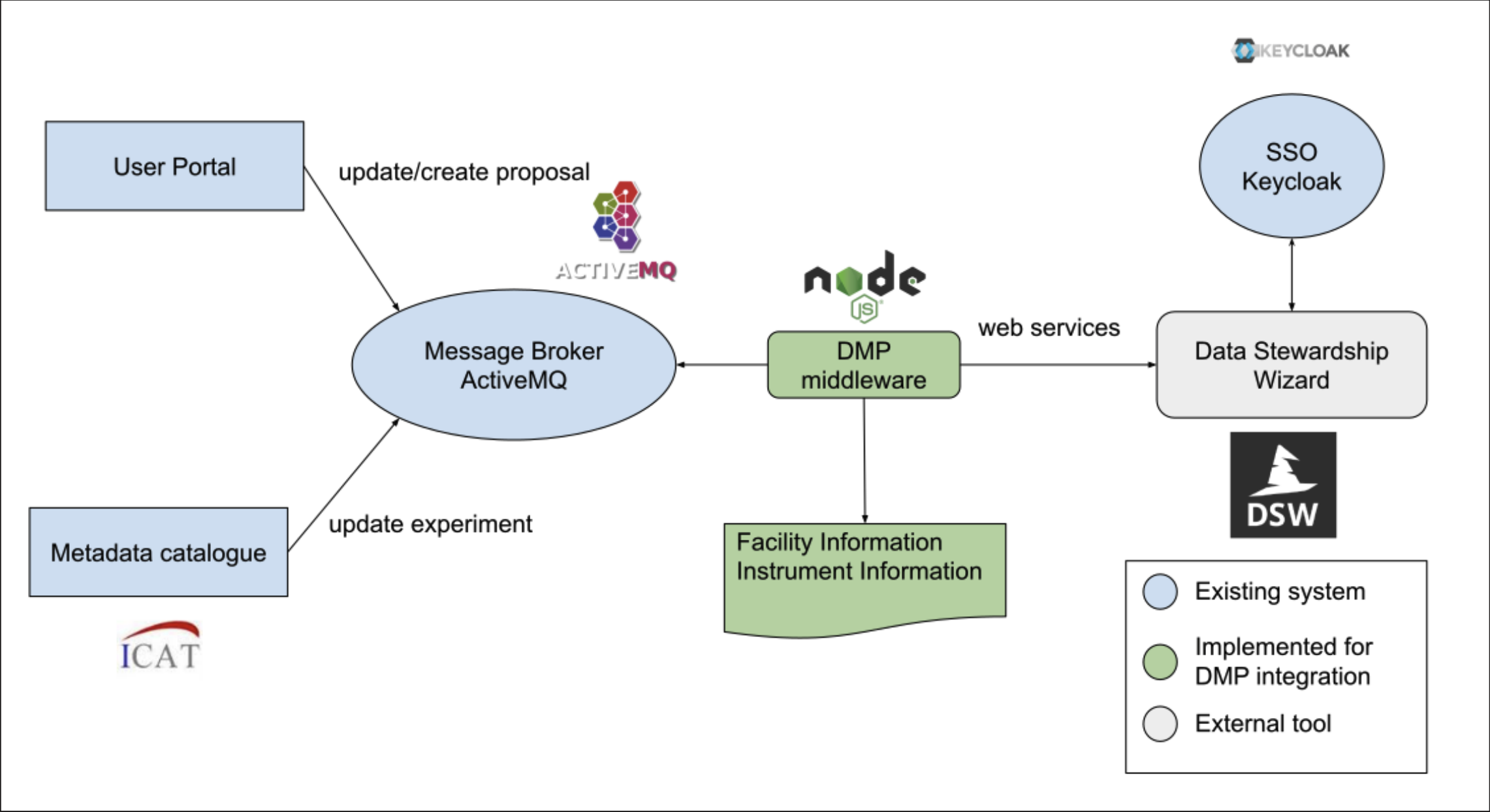The Photon and Neutron Open Science Cloud (PaNOSC) project is a beacon of collaboration and innovation in the realm of scientific research infrastructure. Comprising various individual Research Infrastructures (RIs) including CERIC-ERIC, ELI-ERIC, ESRF, ESS, EuXFEL, and ILL, PaNOSC embarked on a mission to enhance the management of research data across multiple domains. The common goal shared by these RIs was to revolutionize Data Management Planning (DMP) for the benefit of both researchers and facilities.
In their quest for an effective DMP solution [1], the PaNOSC project members recognized the need for a tool that could not only harmonize the DMP process across their diverse RIs but also seamlessly integrate within each facility's IT environment. The solution they discovered and adopted was the Data Stewardship Wizard (DSW). The choice of DSW was driven by its unparalleled flexibility, powerful Knowledge Model (KM) approach, ease of installation, and unwavering support from its developers.
DSW proved to be a suitable platform for PaNOSC, enabling them to standardize DMPs across the entire project while still accommodating the unique requirements of each facility. The implementation of DMPs using DSW provided PaNOSC facilities with several key advantages:
The implementation of DMPs and DSW has yielded remarkable outcomes. First of all, the establishment of a common DMP template has enhanced interoperability across facilities. Additionally, the development of a universal software for populating DSW facilitates seamless integration into RI's IT infrastructure. The ESRF stands out as a notable example, successfully implementing this integration. Other facilities are also reaping the benefits of streamlined DMP processes, even if some of them are still in the early stages of implementation.

Looking ahead, there is an exciting future for DMPs and DSW with use of outputs and experience from the PaNOSC project for making data FAIRer [2] for the Photon and Neutron communities of Europe. The creation of community-specific templates to automatically generate DMPs for scientific projects is on the horizon. DMPs will evolve into machine-readable documents, facilitating the optimal exploitation of their content and supporting a broad range of applications. While some facilities have already made DMPs a mandatory step in their proposal workflows, others are considering the same, ensuring that DMPs will play an increasingly central role in the research process. DMPs will be used as a standard way of gathering information for building knowledge graphs in the new EU project OSTrails.
In summary, the PaNOSC project's journey with DSW is a testament to the transformative power of collaboration and the effectiveness through machine-actionability of modern tools in research data management. With DSW, the project has not only streamlined data management but also laid the foundation for a future where research data is efficiently harnessed to advance science.
Marjolaine Bodin, European Synchrotron Radiation Facility (ESRF)